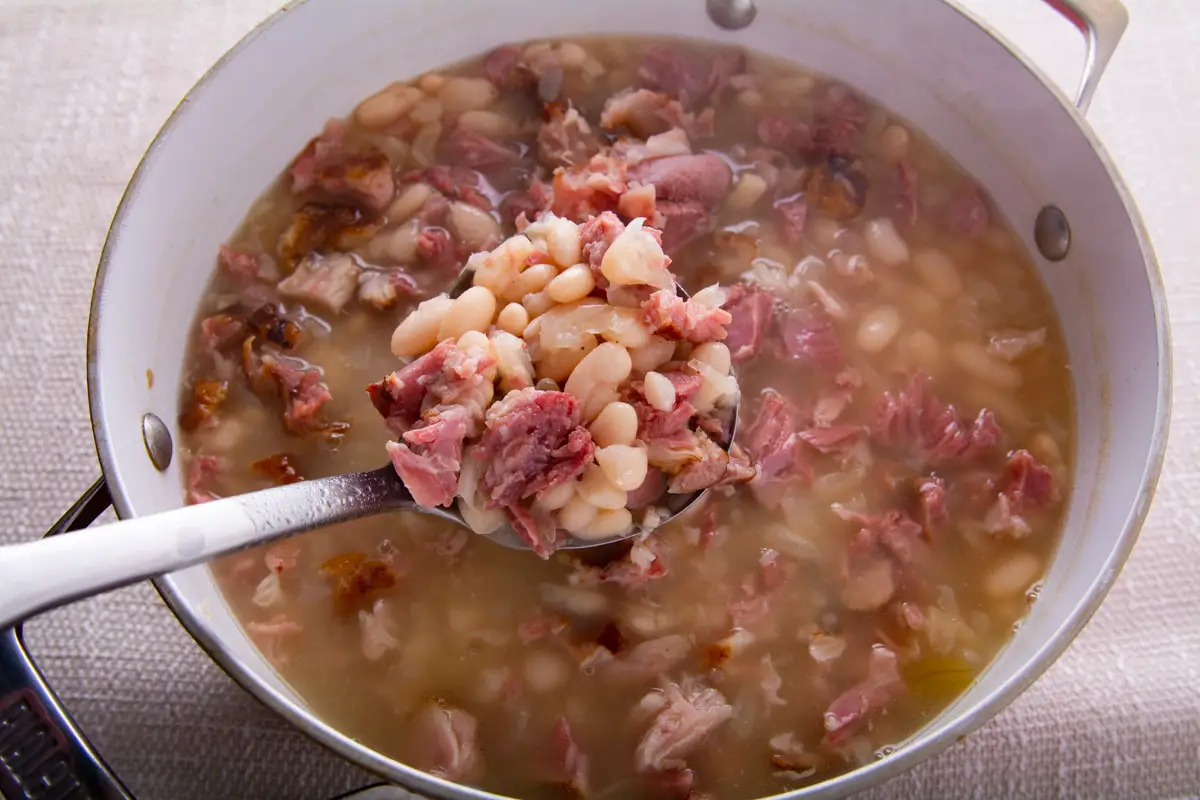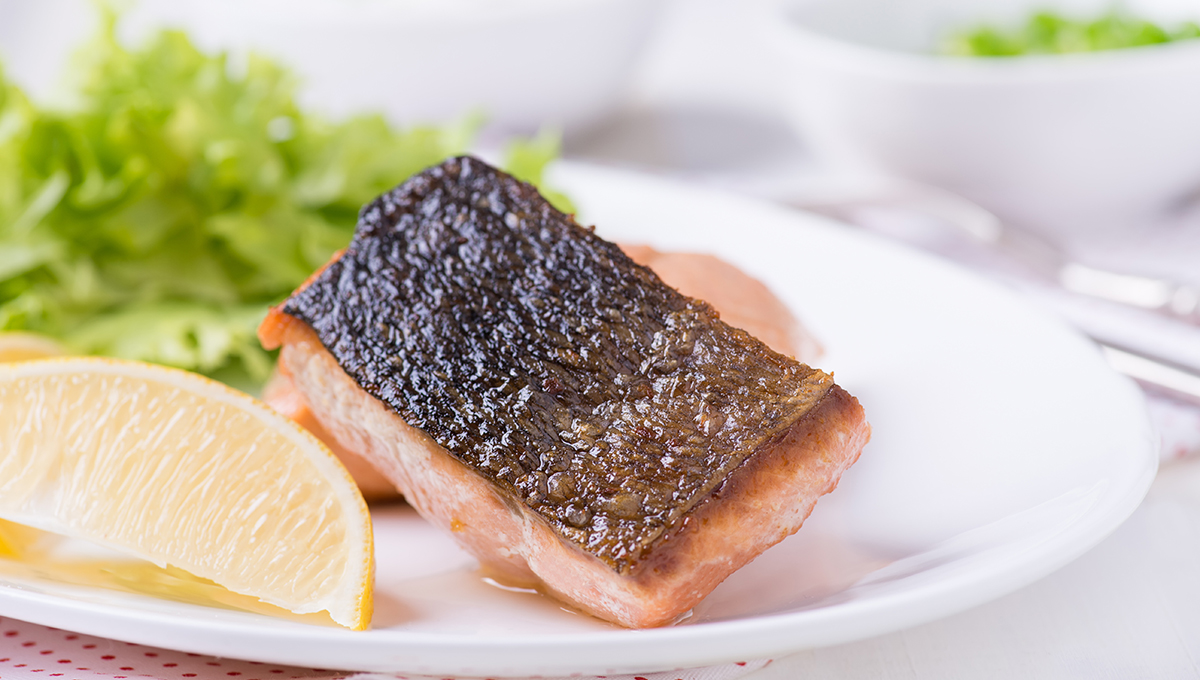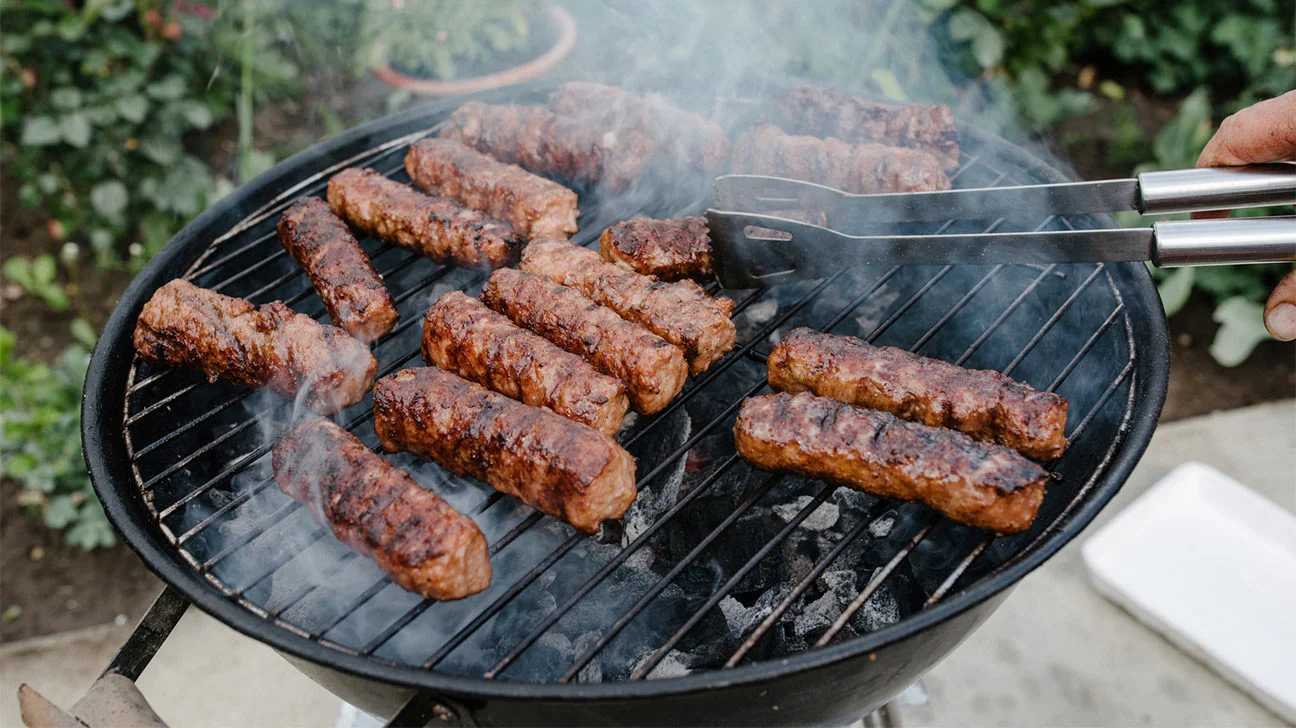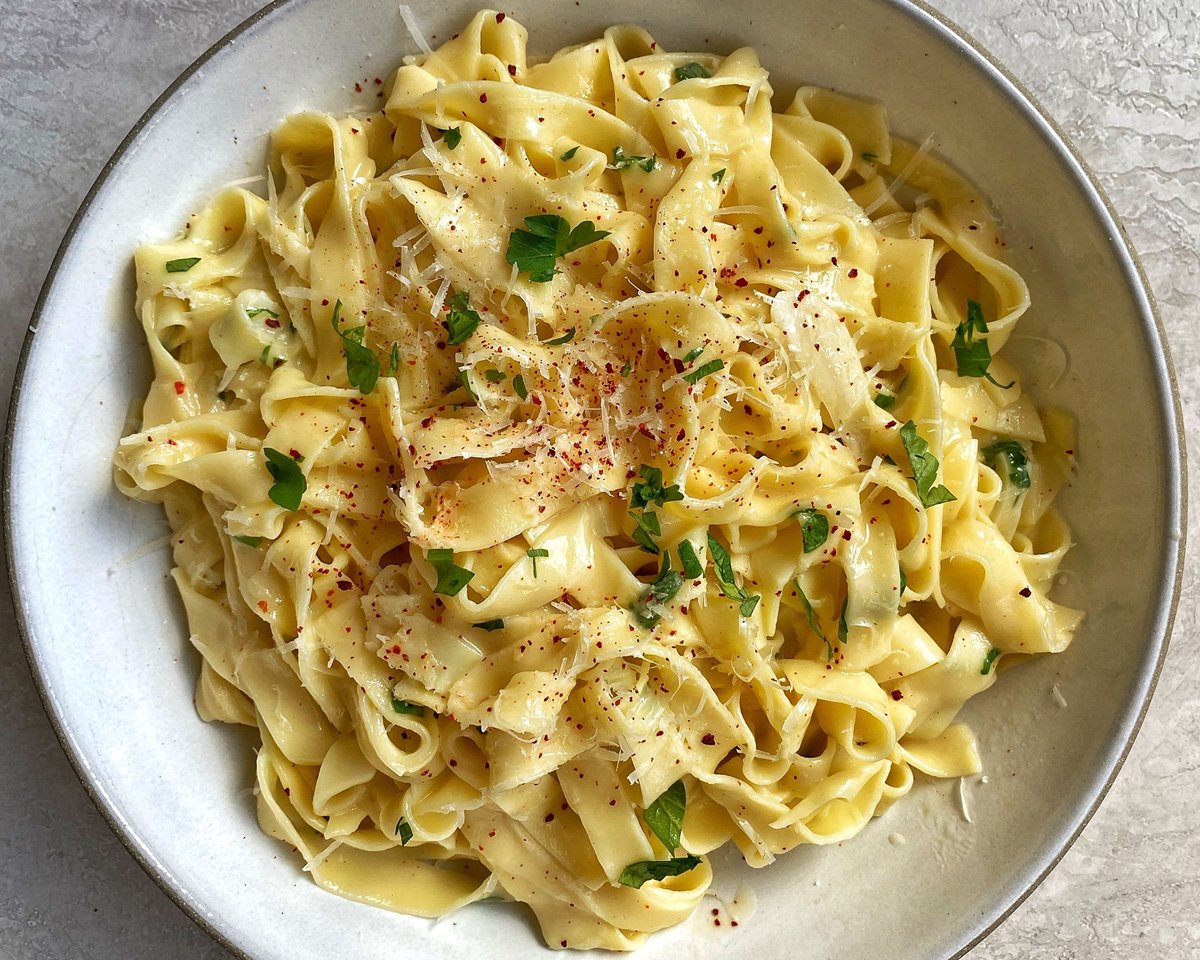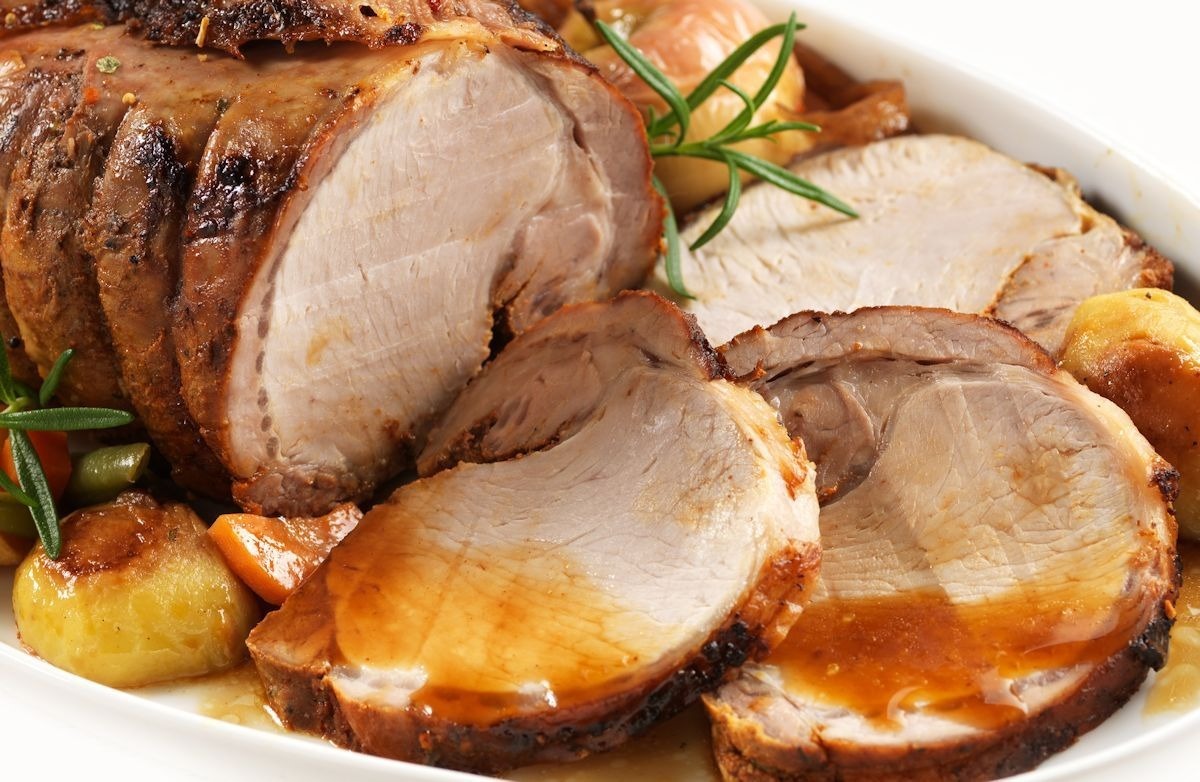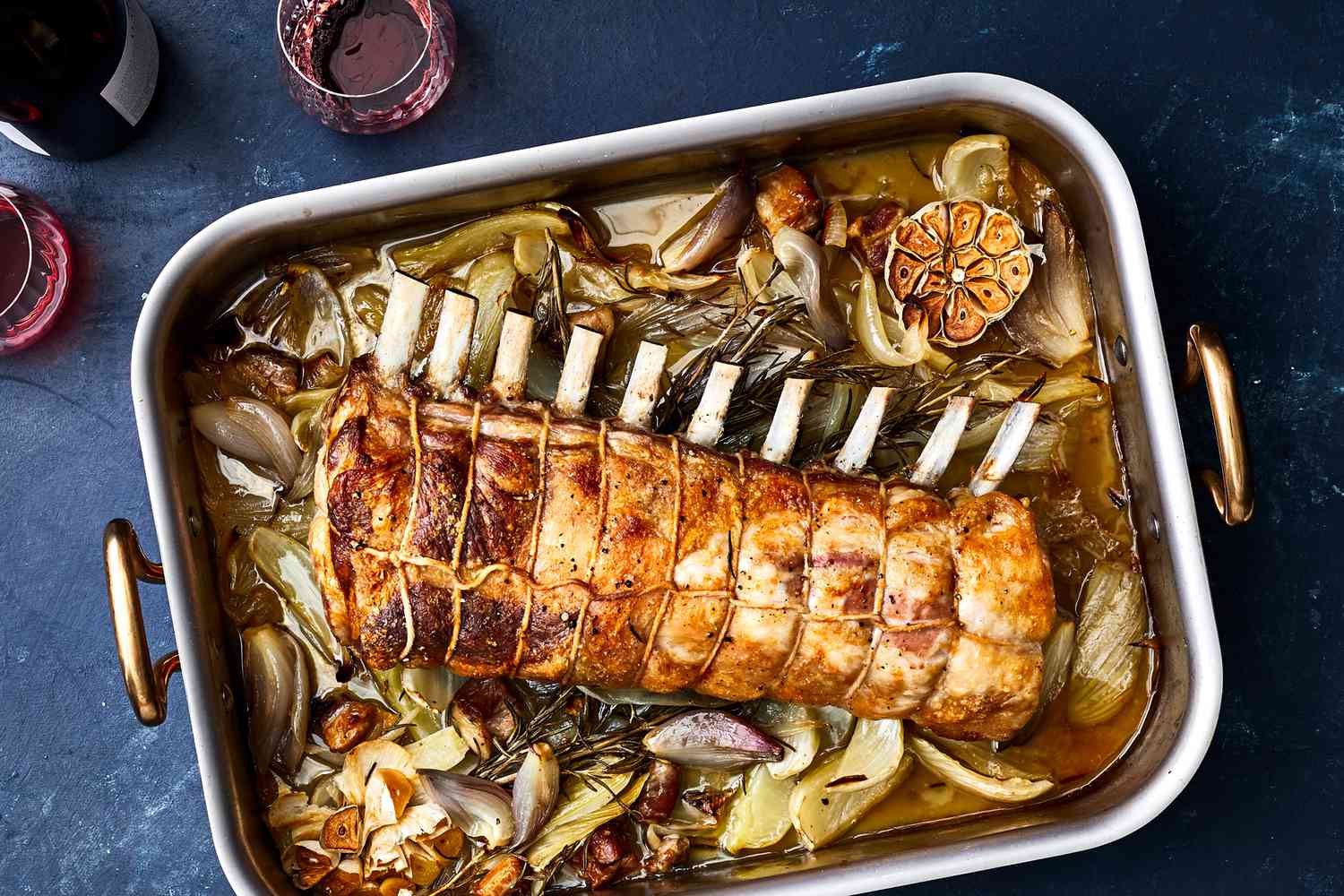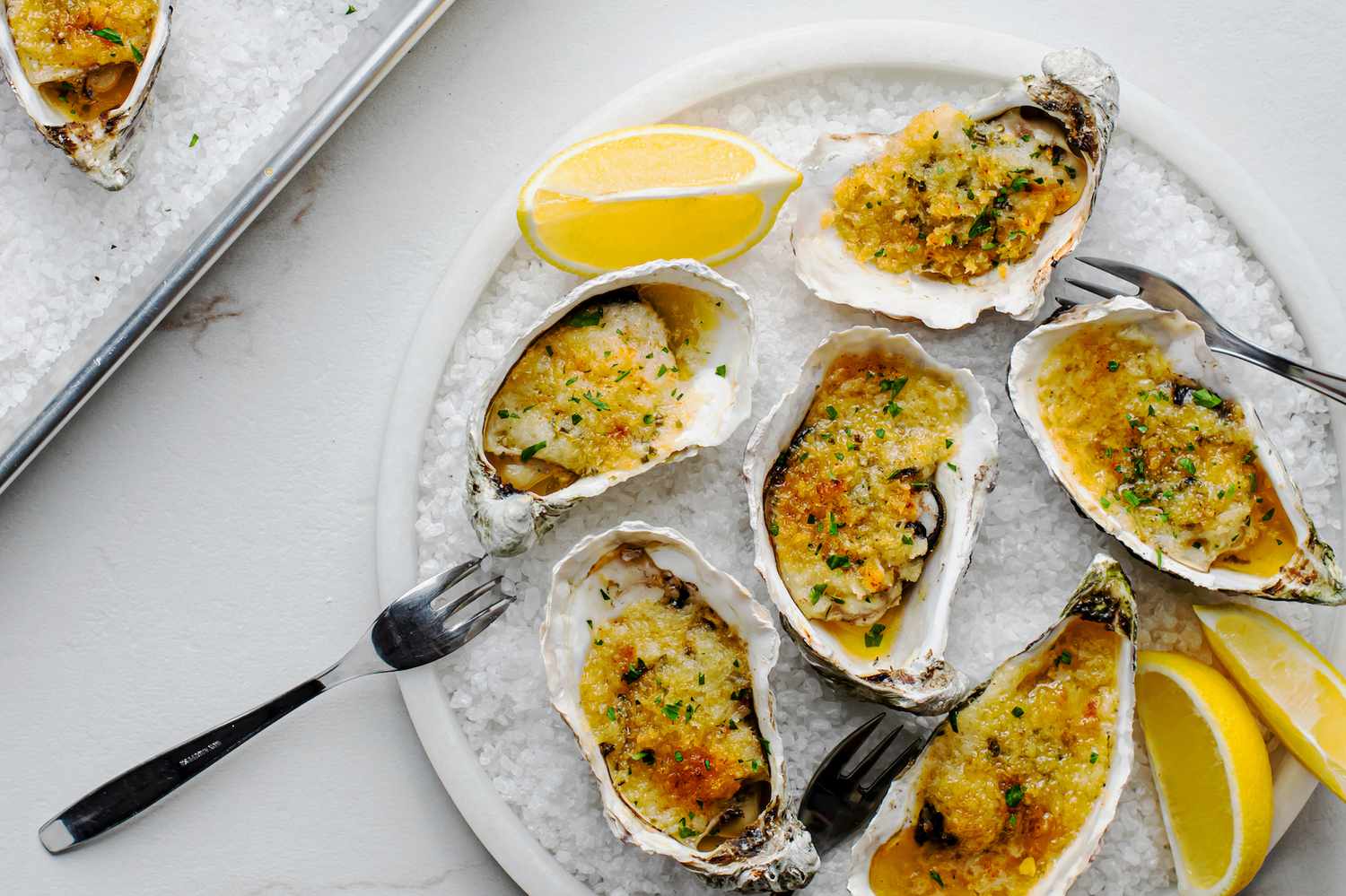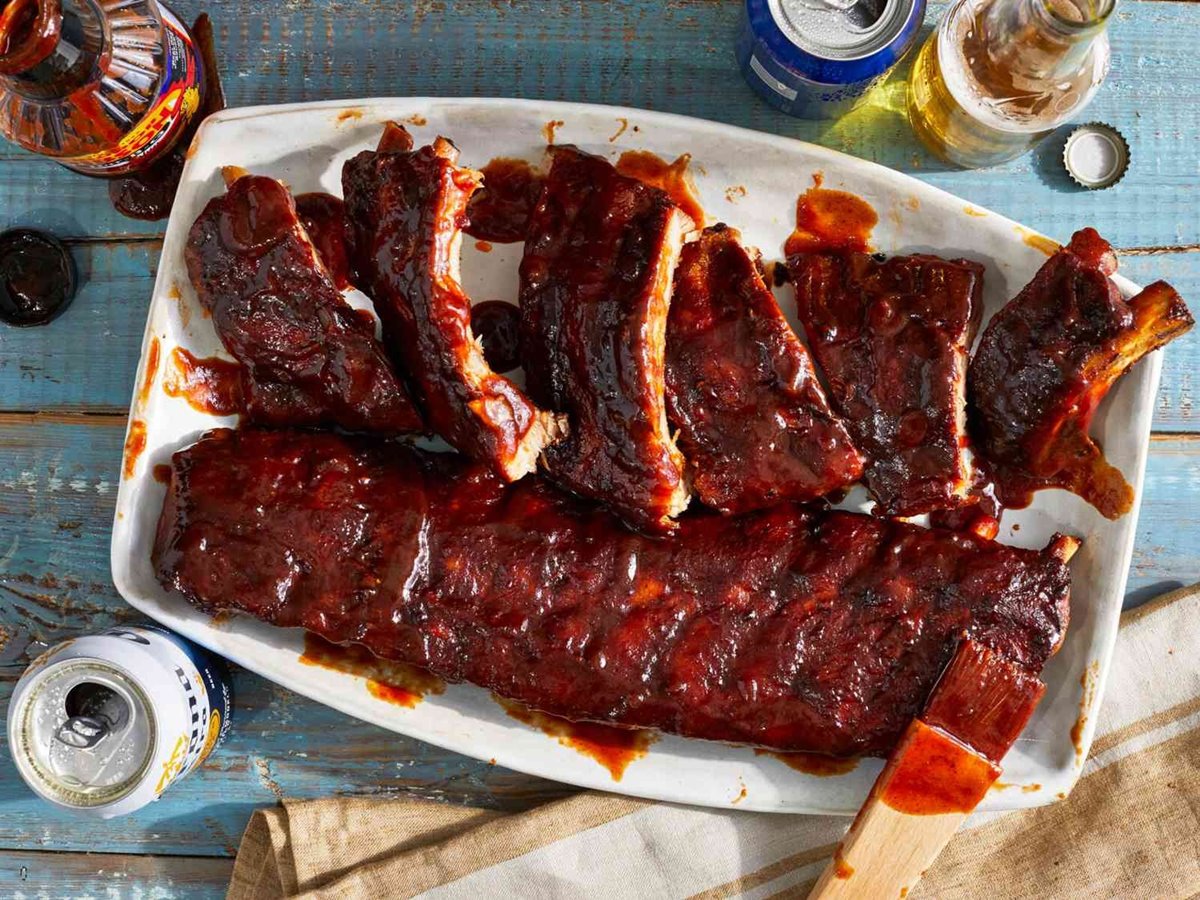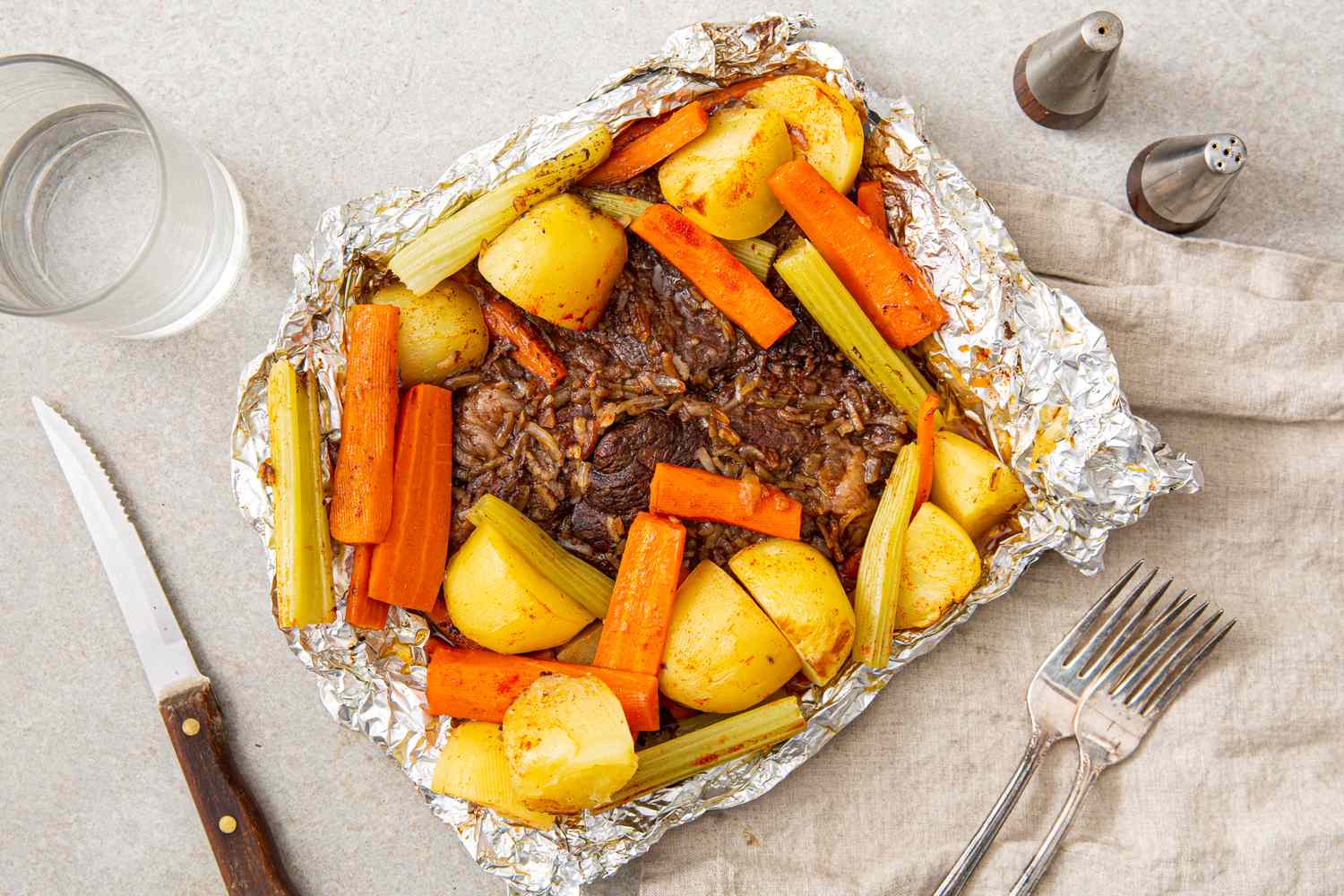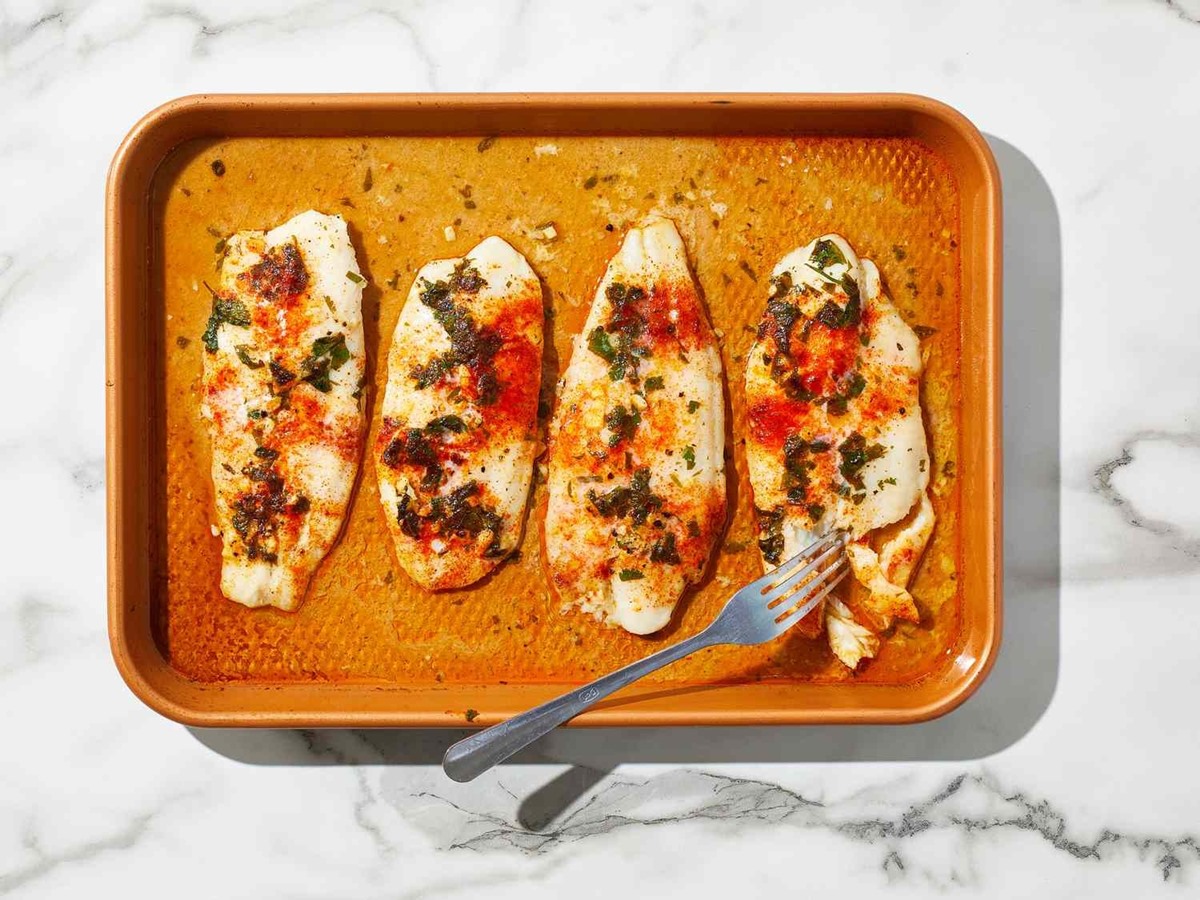Unlock the Flavor of Frozen Squash with Stove Cooking
When it comes to cooking frozen squash on the stove, there are a few simple steps you can follow to unleash its delicious flavors. Whether you’re looking for a quick and easy side dish or a nutritious addition to your recipes, cooking frozen squash on the stove is a fantastic option. Let’s dive into the process and discover the culinary magic that awaits!
Step 1: Choose the Right Squash
Before we delve into the cooking process, it’s essential to select the right type of frozen squash. Popular options include butternut, acorn, or even a mix of different varieties. Keep in mind that the cooking time and flavor profile may vary depending on the type of squash you choose.
Step 2: Thawing the Frozen Squash
The next step is to thaw the frozen squash before cooking it on the stove. You have a few options here:
- Refrigerator Method: Place the frozen squash in a bowl and leave it in the refrigerator overnight. This slow thawing process ensures the squash retains its texture and taste.
- Room Temperature Method: If you’re short on time, you can thaw the frozen squash at room temperature. Place it in a resealable plastic bag and leave it on the counter for a few hours until it defrosts completely.
- Water Bath Method: If time is of the essence, you can use a water bath to speed up the thawing process. Fill a large bowl or sink with cold water and submerge the frozen squash in its packaging. Change the water every 30 minutes until the squash is completely thawed.
Step 3: Preparing the Squash
Once the frozen squash is thawed, it’s time to prepare it for stove cooking. Start by peeling the squash (if desired) and removing the seeds. Then, cut it into evenly sized cubes or slices. This ensures even cooking and helps maintain the squash’s texture.
Step 4: Stove Cooking Techniques
Now that your squash is prepped and ready to go, it’s time to fire up the stove and choose your preferred cooking technique. Here are a couple of popular options:
- Sautéing: Heat a tablespoon of olive oil or butter in a skillet over medium heat. Add the squash and cook for about 5-7 minutes, stirring occasionally, until it becomes tender and slightly caramelized. Season with salt, pepper, and any other desired herbs or spices.
- Steaming: Place the cubed squash in a steamer basket and set it over a pot of boiling water. Cover and steam for approximately 10-15 minutes or until the squash is fork-tender. This cooking method helps retain the squash’s natural flavors and nutrients.
Step 5: Flavorful Additions
To take your stove-cooked frozen squash to the next level, consider experimenting with additional flavors and ingredients. Here are a few ideas to get your culinary creativity flowing:
- Garlic lovers can sauté minced garlic with the squash for an extra burst of flavor.
- Sprinkle grated Parmesan cheese over the cooked squash for a savory twist.
- Herbs such as thyme, rosemary, or sage add a delightful aroma and taste.
- Add a splash of lemon juice or a drizzle of maple syrup to enhance the sweetness of the squash.
By incorporating these flavors, you can elevate the taste of your stove-cooked frozen squash and create a dish that will impress your family and friends.
Final Thoughts
Now that you know how to cook frozen squash on the stove, there’s no limit to the delicious possibilities that await you. Whether you choose to sauté or steam your squash, remember to experiment with flavors and be creative. With a little culinary magic, frozen squash can be transformed into a mouthwatering dish that you’ll crave time and time again.
For those who want to master cooking frozen squash on the stove, there are several recipes that can help apply this skill effectively. One highly recommended dish is Sautéed Butternut Squash with Garlic and Herbs, which brings out the natural sweetness of butternut squash paired with the savory notes of garlic and herbs. Butternut Squash and Sage Risotto is another fantastic option; the creamy texture combined with the aromatic sage makes it a comforting meal. For a hearty and nutritious option, try Butternut Squash and Chickpea Curry, where the squash blends beautifully with warm spices and chickpeas. Lastly, Squash and Spinach Frittata offers a quick and easy way to incorporate squash into a delicious breakfast or brunch dish. These recipes not only showcase the versatility of squash but also make great use of the skills detailed in the guide.
Was this page helpful?
Read Next: How To Cook Pastrami On The Stove
